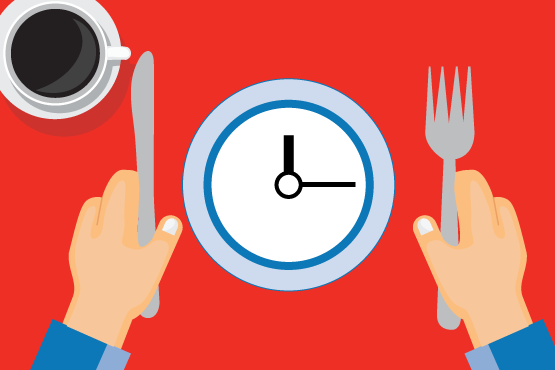Pizza and delivery go hand-in-hand. That means one of the challenges restaurant owners face on a daily basis is overseeing drivers and deliveries. Are you getting deliveries to customers on time? If not, is the problem badly quoted ready times, kitchen inefficiency, or under-performing drivers?
If delivery is a big part of your business, it takes constant attention and a commitment to ongoing monitoring. A POS system designed for pizza and delivery makes it a lot easier.
If you’re not already tracking these key delivery performance metrics, now’s the time to start:
Quoted Time
We mention this first, because if the time you quote customers is inaccurate, it can be the source of late deliveries and customer dissatisfaction, even for a very efficient operation.
Check your POS system for options: can you enter quoted times manually based on experience? Can your POS calculate quoted delivery times automatically? If you do let the POS auto-calculate, can you adjust times if unusual conditions dictate?
% Late Deliveries
Having every order arrive in the quoted time is ideal—but probably not realistic. So establish an acceptable percentage, and then assign someone to monitor this stat regularly. If it goes over the acceptable limit and there’s no obvious cause (like bad weather or short staffing), other delivery stats may give you clues about why.
OTD Time
Your out-the-door (OTD) time tells you how long it took from the time the customer’s order was entered in the POS until it was assigned to a driver. If this is too long, you may have a problem with kitchen efficiency, or with kitchen or driver staffing. Set a goal for average OTD time, and then use the reports in your POS to see how you measure up. To learn how to set up your OTD times, read the Delivery Management eBook.
Average Wait Time Between Deliveries
Drivers sitting around between runs cost you money. If late deliveries are up, look at this stat in combination with OTD time: if both wait time and OTD time are high, it may indicate the need for more prep staff; if wait time is short, but OTD time is high, you may need more drivers.
Average On-Road Time
If this stat is too high, and your drivers are self-dispatched, it may be because drivers are taking more orders than they can deliver in the times quoted. Most POS systems will allow you to control this by specifying the maximum number of orders a driver can be assigned at once, and some, like SpeedLine, can indicate whether drivers are trying to circumvent the controls you put in place.
Another reason could be the size of your delivery area, which is why it's important that you design your delivery zones with care. Bill Siwicki, owner of Pizza Works, designs his delivery areas with to delivery pizzas within a certain time frame:
"It's not this big circle where it doesn't make sense. We've gone out and looked and said, "Okay what's this intersection like? There's a train track that's going to derail the delivery." We try to keep all those in mind when we make our delivery areas."
Of course if service is really bad, you’ll hear about it from your customers. But don’t let it get to that point! By the time they’ve complained, customers may have already decided to take their business elsewhere. Be proactive and monitor delivery service constantly, so you can make corrections early—it’s one of the benefits of today’s sophisticated pizza POS systems.
Posted on Mon, Jan 23, 2012 @ 13:01 PM.
Updated on February 28, 2023 @ 9:03 PM PST.


